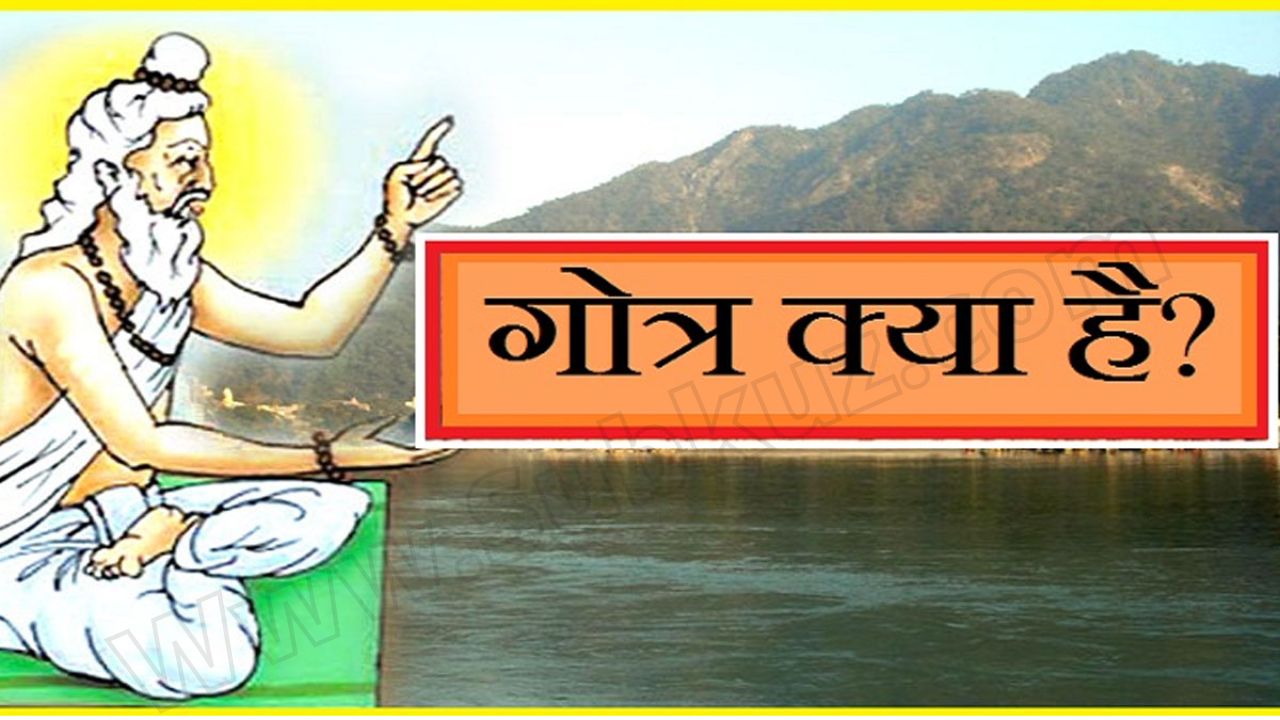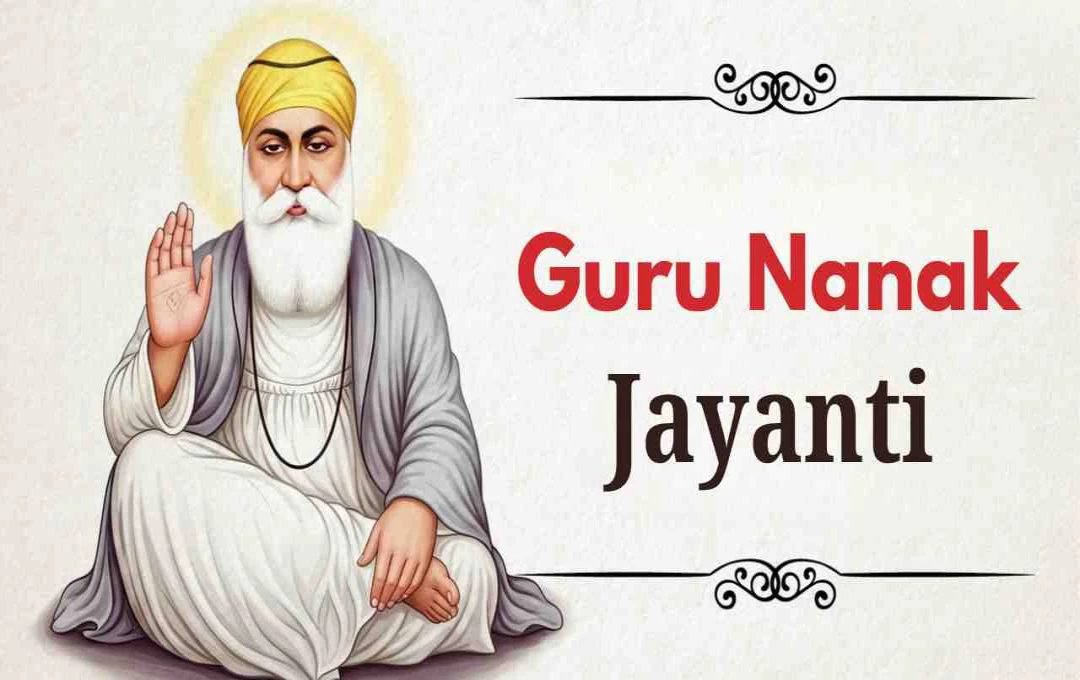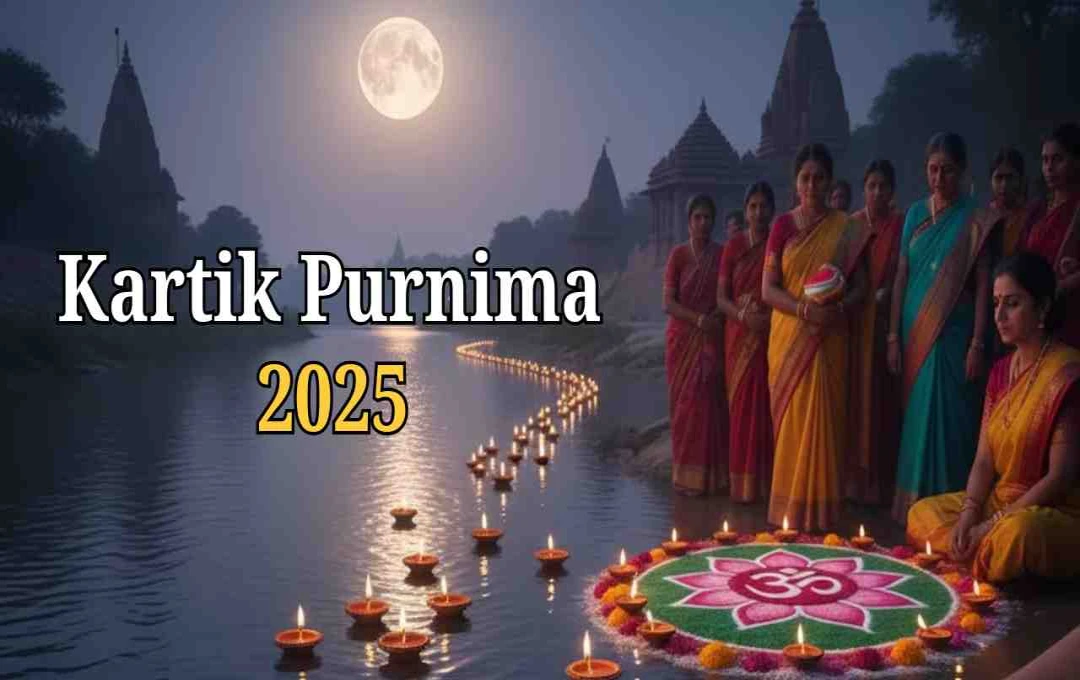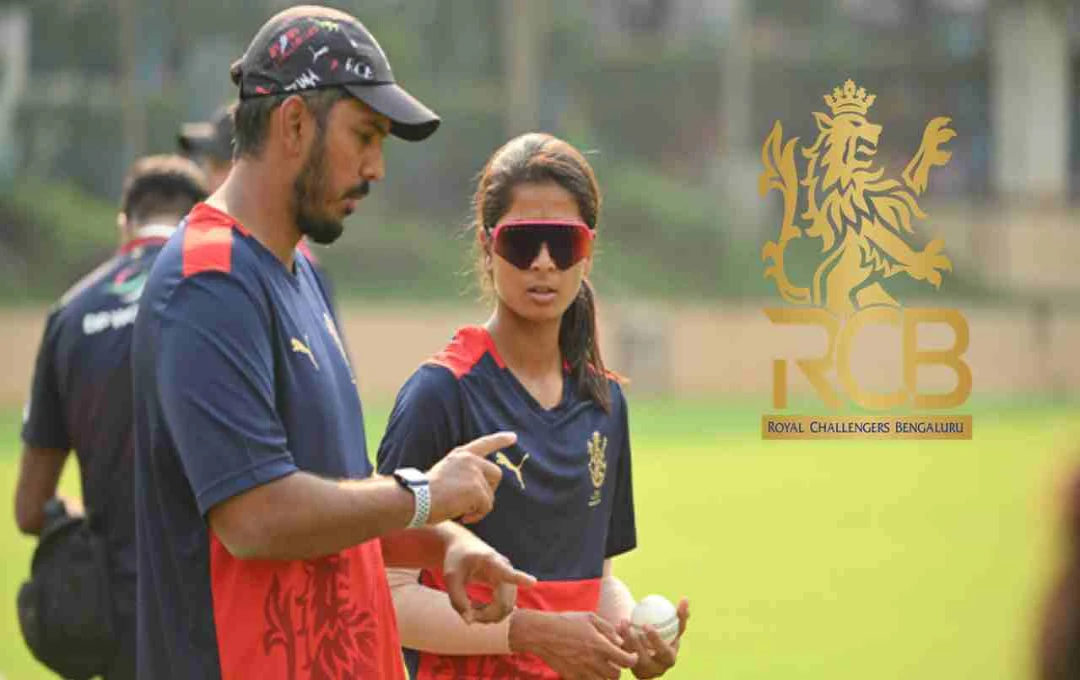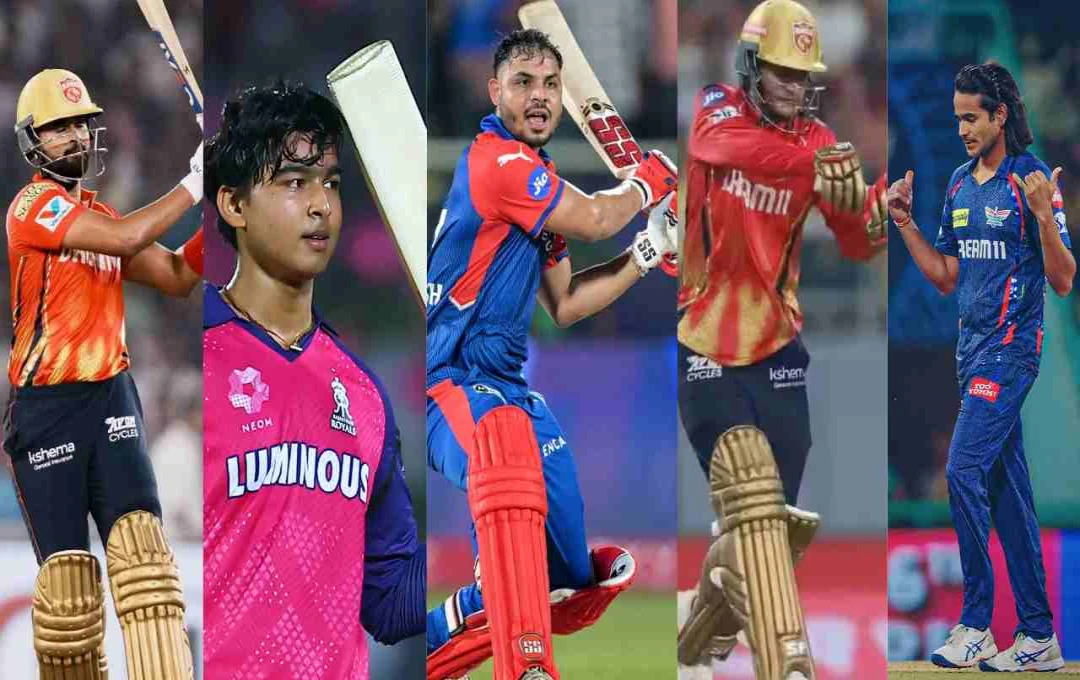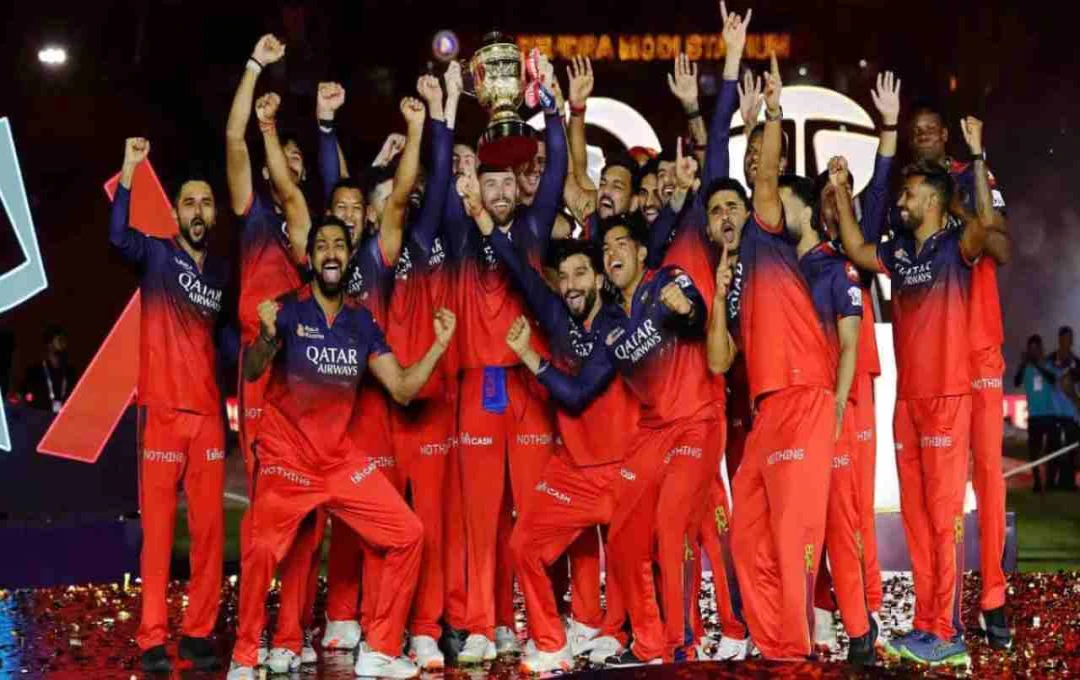What is gotra and how did it originate? Know the secret of gotra
The history of gotras in India is ancient. Its roots go back to pre-civilization times when the concept of kuladevata (family deity) and taboos were prevalent. Totems were associated with animals and trees, some of which continued to be significant later. Examples include Matsya (fish), Mina (fish), Udumbar (fig tree), Garg (bull), Gautam (bull), Rishbha (bull), Aj (goat), Kak (crow), Bagh (tiger), Pippalad (parrot), Tittiri (partridge), Kath (wood), Ali (bee), etc. Some of these names were also adopted by sages and munis, but as society and culture evolved, they began to associate themselves with gotras, adopting new identities. Initially, disciples of these ancient rishis and acharyas were considered as guru-bhais (brothers of the guru), establishing familial ties. Later, similar to the prohibition of marriage between brothers and sisters, marital relations between guru-bhais also became unacceptable.
Gotras generally refer to groups of people whose lineage is inextricably linked to a common male ancestor in an unbroken line. The word "gotra" means "descendant of the same rishi" and is synonymous with a family, lineage, or clan based on their common male ancestor. According to Manusmriti, the gotra connection ends after seven generations, and a new gotra begins with the name of the male in the eighth generation. In accordance with Hindu principles, blood relationships can be categorized into two general groups: gotriya or sapinda, and others. Gotriya or sapinda refers to individuals connected to a continuous line of paternal ancestors or descendants. This is essential for lineage continuation. For example, a person's father, grandfather, and great-grandfather are his gotriya or sapinda. Similarly, their sons and grandsons are also gotriya or sapinda, meaning their lineage is the same. Others, non-gotriya or non-sapinda, refer to individuals related through the maternal line. For example, nephews or nieces are called bandhu.
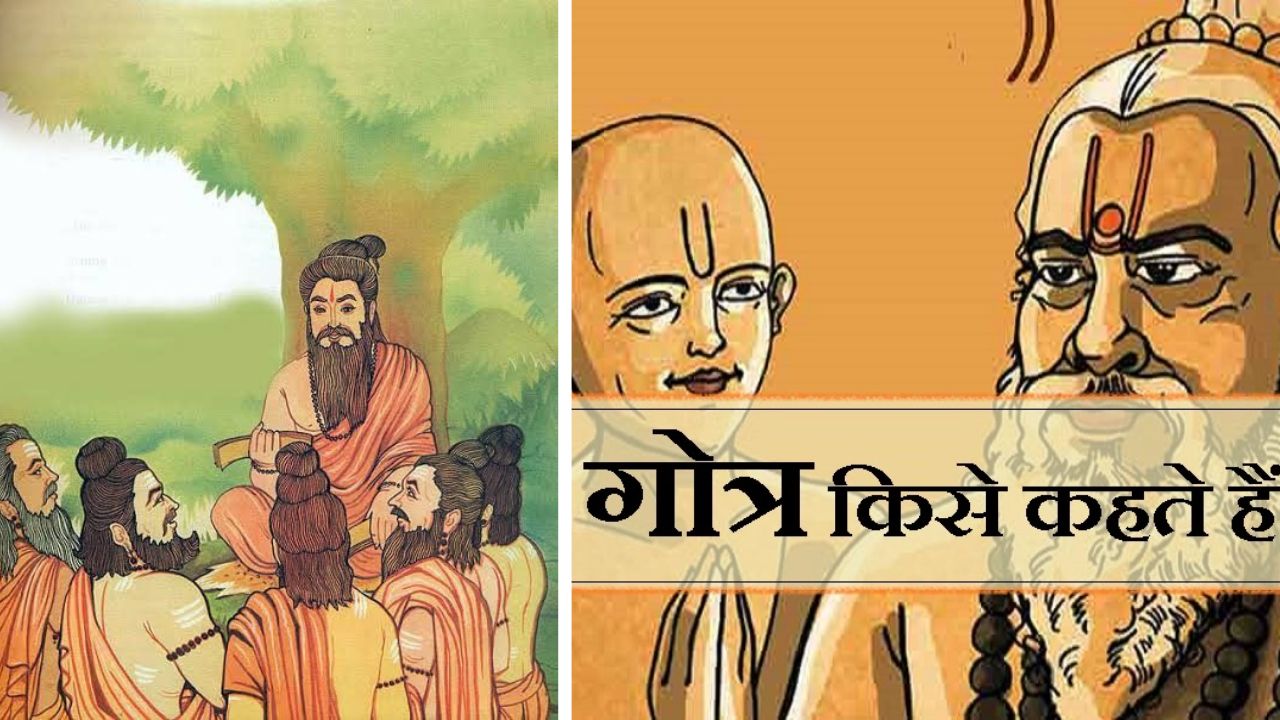
Gotras were initially known by the names of seven rishis.
There are variations in the names of the rishis considered among the seven rishis in ancient texts (Shatapatha Brahmana and Mahabharata). Thus, the list of names extends up to eleven: Gautam, Bharadwaj, Jamadagni, Vashishtha, Vishvamitra, Kashyap, Atri, Angira, Pulstya, Pulaha, and Kratu. The number of gotras, not the number of rishis in the sky, is affected by this. Over time, gotras became associated with the names of other acharyas or rishis. The Brihadaranyaka Upanishad mentions some of the rishis at its end. Some of these rishis' names are still found among Aryan communities today.
This is because before agriculture, people of all classes relied on fruits, vegetables, etc. Until a few decades ago, when accounts of Aryan invasions were believed to be factual, historians were also confused about this issue. Now that the reality has emerged, all the confusion has cleared up on its own. In the stage of civilization, some people remained in the totem stage or in the identity of that totem (like Udumbara), some became shepherds, and some became Brahmins. When they were given a gotra or lineage identity (like Udumbara), it did not surprise anyone; rather, the process of civilization expansion and their ancient supremacy emerged.
Several communities took refuge in the Indian subcontinent, such as the Sakas, Saketas, Sakra (Indra), Sakya dynasty (where Gautam Buddha was born), Shakala, and Shakalya. Not only are the threads of relationships understood, but also the knots that were previously unclear. It is also understood how many people or human communities migrated to the Indian subcontinent from where, during the last ice age, when permanent settlements had not yet begun.
The list of gotra names that we are familiar with does not come from the Vedic period, but what were the identities or lineage traditions of those rishis before that? How did rishis like Vishvamitra, Vashishtha, and Angira connect their lineages? Lineage identification was necessary then as well. Vishvamitra claimed to be a Kushik or Kaushik. Angira's origin is from Agni. This claim is also made by the Angiras people, and according to their Asura legend, the entire human society in the world is the progeny of seven brothers born from Agni, of whom they are the eldest.
Secrets associated with the name Indra
Indra is not only known as Sakra but is also referred to as Koushik (Koushik dynasty) in the Rigveda, suggesting that Kosh and Sakha are merely variations of the same word. Whatever it may be, there are three stages in lineage identification. The first is totemism, in which other animals were considered more intelligent or capable than humans, and lineages were associated with them. In some cases, its shadow persisted, such as the Ketu flag (Garuda flag, Vrisha flag), etc.
Then, after considering themselves superior (Mund, Arya, Asura, Saka), and eventually understanding the importance of education and knowledge, lineages were accepted as gotras in the names of acharyas and rishis. The expansion of the list of rishis was necessary because farmers considered their lineage to be the most civilized while they were working, and the process of becoming part of a civilized society never stopped.
